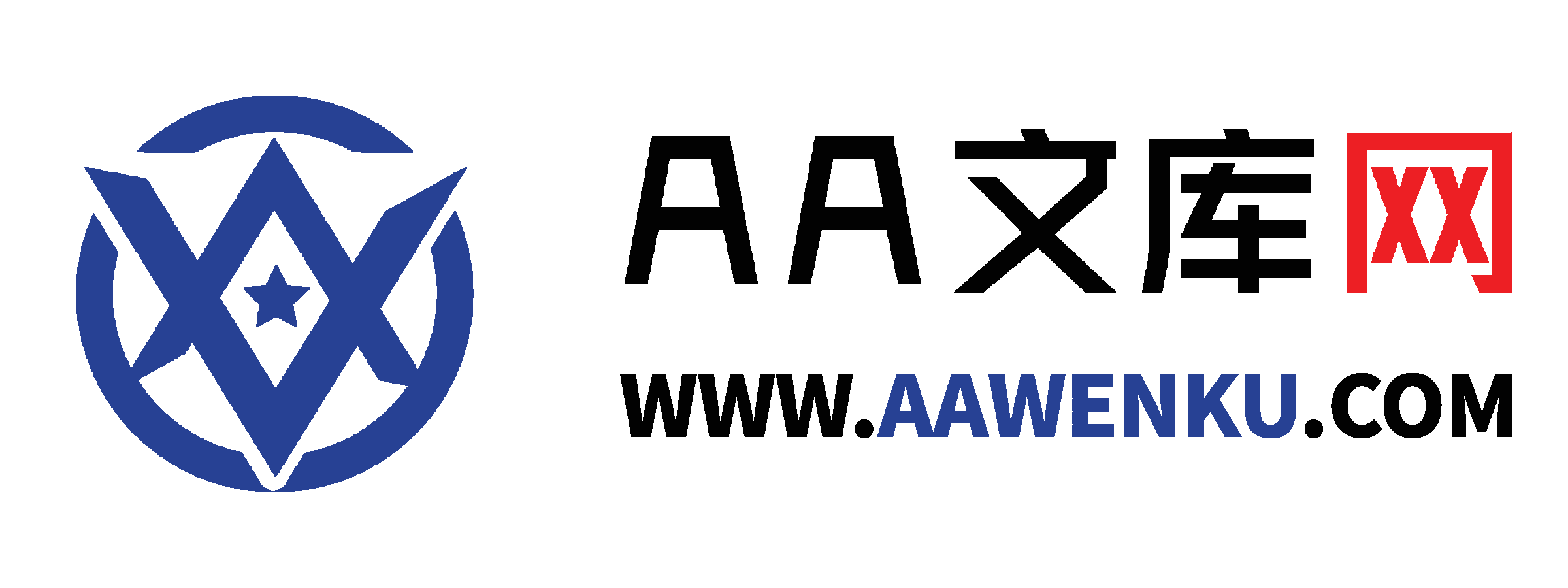一
.
形容词
/
副词的比较级和最高级
1.
形容词
/
副词的比较级和最高级的构成规则
(
1
)单音节词和少数以
-
er
,
-
ow
结尾的双音节单词,比较级在后面加
-
er
,最高级在后面加
-
est
。
①
单音节单词
small→smaller→smallest
short→shorter→shortest
tall→taller→tallest
great→greater→greatest
②
少数以
-
er
,
-
ow
结尾的双音节单词
clever→cleverer→cleverest
narrow→narrower→narrowest
(
2
)以不发音
e
结尾的单音节单词,比较级在原形后加
-r
,最高级在原级后加
-
st
。
large→larger→largest
nice→nicer→nicest
able→abler→ablest
(
3
)以一个辅音字母结尾的闭音节(即:辅音+元音+辅音)单词中,
先双写
末尾的辅音字母,比较级加
-
er
,最高级加
-
est
。
big→bigger→biggest
hot→hotter→hottest
fat→fatter→fattest
(
4
)以
“
辅音字母+
y”
结尾的双音节词,
把
y
改为
i
,比较级加
-
er
,最高级加
-
est
。
easy→easier→easiest
heavy→heavier→heaviest
busy→busier→busiest
happy→happier→happiest
(
5
)其他双音节词和多音节词,比较级在前面加
more
,最高级在前面加
most
。
beautiful→more
beautiful→most
beautiful
different→more
different→most
different
easily→more
easily→most
easily
(
6
)有少数形容词、副词的比较级和最高级是不规则的,必须熟记。
good→better→best
well→better→best
bad→worse→worst
ill→worse→worst
old→older
/
elder→oldest
/eldest
many/
much→more→most
little→less→least
far
→further/farther→ furthest/farthest
2.
形容词和副词比较级的用法
(
1
)
“
甲
+be+(
倍数
)+
形容词比较级
+than+
乙
”
表示
“
甲比乙
…”
或
“
甲比乙
…
几倍
”
。
Tom is taller than Kate.
汤姆比凯特高。
This room is three times bigger than that one.
这个房间比那个大三倍。
(
2
)
“
甲
+
实意动词
+(
倍数
)+
副词比较级
+than+
乙
”
表示
“
甲比乙
…”
或
“
甲比乙
…
几倍
”
。
I got up earlier than my mother this morning.
我今天早晨起床比我妈妈还早。
He runs three times faster than his brother.
他跑的速度比他弟弟快三倍。
3.
形容词和副词最高级的用法
(
1
)
“
主语
+
be+the
+
形容词最高级(
+
单数名词)
+in/
of
...”
表示
“……
是
……
中最
……
的
”
。
Tom is the tallest in his class
./
of all the students.
汤
姆
是他们班上
/
所有学生当中最高的。
This apple is the biggest of the five.
这个苹果是五个当中最大的。
(
2
)
“
主语
+
实意动词
+(the)+
副词最高级
+in/
of
...”
表示
“……
是
……
中最
……
的
”
。
I jump (the) farthest in my class.
我是
我们班跳得
最远的。
二
.
句子成分
1.
主语:句子所陈述的对象。
2.
谓语:主语发出的动作。一般是有动作意义的动词。
3.
宾语:分为动词宾语和介词宾语,属于动作的承受者。
4.
系动词:表示状态或状态变化的动词,没有实际的动作意义。如
be,
感官系动词(
look, sound, smell, taste
和
feel
)、保持类系动词(
keep, stay
和
remain
)、状态变化类系动词(
become
、
get
、
turn
和
go
)等。
5.
表语:紧跟系动词后面的成分。
6.
定语:修饰名词或代词的成分。
7.
状语:修饰形容词、副词、动词或句子的成分。
8.
补语:分为宾语补足语和主语补足语。是对宾语和主语的补充说明,与其有主动或被动的逻辑关系。
例如:
You should keep the room clean and tidy.
你应该让屋子保持干净整洁。
(
You
是主语,
should keep
是谓语,
the room
是宾语,
clean and tidy
是宾语补足语。)
This kind of food tastes delicious.
这种食物吃起来很可口。
(
This kind of food
是主语,
tastes
是系动词,
delicious
是表语。)
注意:主语、谓语、宾语、系动词、表语、补语是一个句子的主干成分;定语和状语是一个句子的修饰性成分,不是主干成分。
三
.
句子类型
1.
简单句的基本形式是由一个主语加一个谓语构成。
2.
复合句由一个主句和一个或一个以上的从句构成。
3.
两个或两个以上的简单句用并列连词连在一起构成的句子
,
叫做并列句
,
其基本结构是
“
简单句
+
并列连词
+
简单句
”
。
四
.
简单句的五种基本句型
1.“
主语
+
谓语
”(
即
“
主谓
”
句型
)
例:
They arrived in Harbin yesterday morning.
分析:
“they”(
主语
)“arrived”(
谓语
)
。
2.“
主语
+
谓语
+
宾语
”(
即
“
主谓宾
”
句型
)
例:
I study English.
分析:
“I”(
主语
)“study”(
谓语动作
)“English”(
宾语即动作涉及的对象
)
。
3.“
主语
+
谓语
+
间接宾语
+
直接宾语
”(
即
“
主谓双宾
”
句型
)
例:
Our teacher taught us English.
分析:
“our teacher”(
主语
)“
教
”(
谓语动作
)“us”(
间接宾语
)“English”(
直接宾语
)
。
4.“
主语
+
谓语
+
宾语
+
宾语补足语
”(
即
“
主谓宾
宾
补
”
句
初二英语上册全部语法难点汇总.docx



